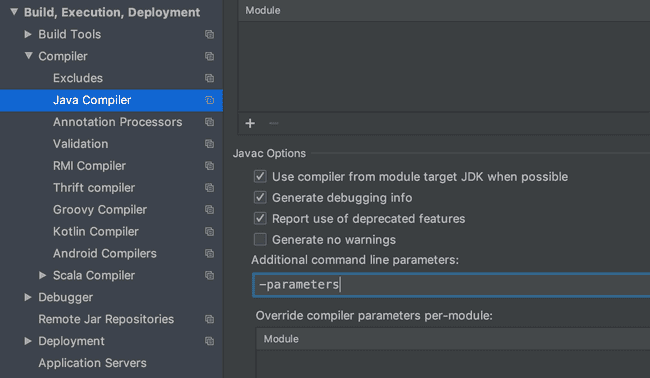
My adding them to the POM, the project becomes aware of them and can use the code libraries as it they were part of the project. This code adds a new structure, called “dependencies”, and then two dependencies - Junit 5.1 (“Jupiter”) and selenium-java. We’ll add some XML code to the file, after and before. Click import in the bottom-left to add the XML file to your project. The software should bring you to the Maven import XML screen. To do so Right click on the project name in the top-left and click “Add Framework Support”, as in the example below. If you want to use Maven as your dependency manager (and if you don’t know, then use Maven), you’ll need to add it. Give the project a good name and select a directory to store your project.Īt this point you’re at the IntelliJ project’s home.

In the next screen leave the Create project from template checkbox cleared and click Next Creating The ProjectĪt startup IntelliJ will prompt you for basic actions-you can choose Create New Project right from the opening screen.įor this example choose the simple Java project with none of the additional library options selected and click Next. Starting IntelliJ the first time will prompt you for various defaults (locations, keyboard mappings, etc.). Installing IntelliJ is a matter of following instructions for the version you’ve downloaded. This article will use the Community variant on Windows 10 All variants are available for download from IntelliJ’s homepage. Both releases are available on the Mac, Linux, and Windows platforms. IntelliJ IDEA comes in two releases: Ultimate, a commercial product that supports a wide range of development scenarios, and Community, a free version for Java Virtual Machine and Android development. If you need advice, as of this writing, use Java 8 Windows x84. We’ll skip walking through Java installation in this article since it will vary based on the version you select. There are also different versions for Enterprise, SE, and other Java JRE/JDKs. WebDriver’s Java bindings require only the Java Runtime Environment (JRE), but you’ll be fine if you have either the Java Development Kit (JDK) or JRE installed. Naturally WebDriver’s Java bindings require a version of Java to be on the system you’re running your tests from. Google’s Browser Driving Engine - Chromedriver.exe.

A Dependency Manager - examples will be in Maven.To create and run WebDriver tests in Java using IntelliJ you’ll need the following components: In this article, we’ll show you how to install it on windows, add all the selenium dependencies, and make a simple Java project that drives a test browser.įor an overview of how WebDriver works, please see the section “WebDriver Overview” in the related article “ Getting Started with Webdriver/Selenium for Java in Eclipse.

IntelliJ is a popular, widely used Java Integrated Development Environment (IDE) made by JetBrains.


 0 kommentar(er)
0 kommentar(er)
